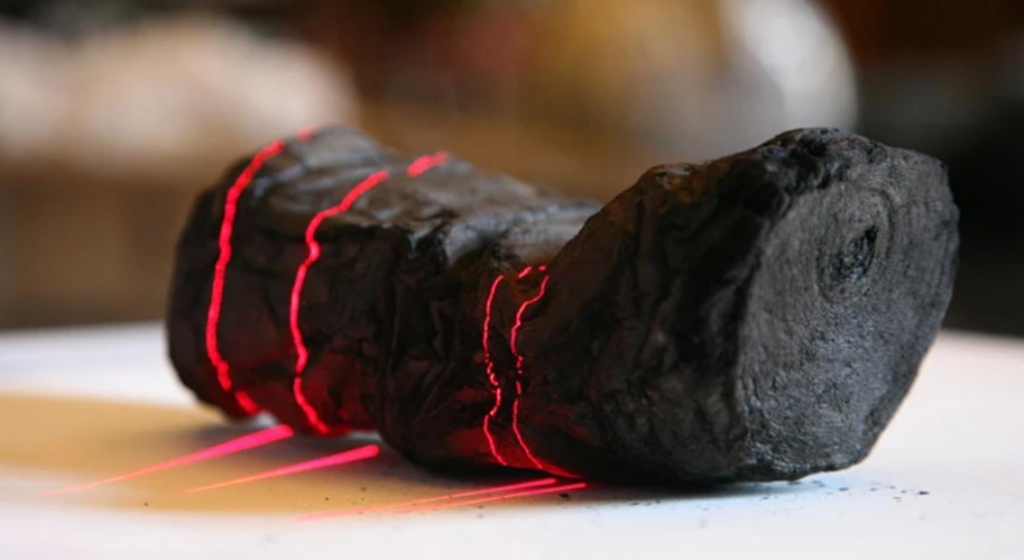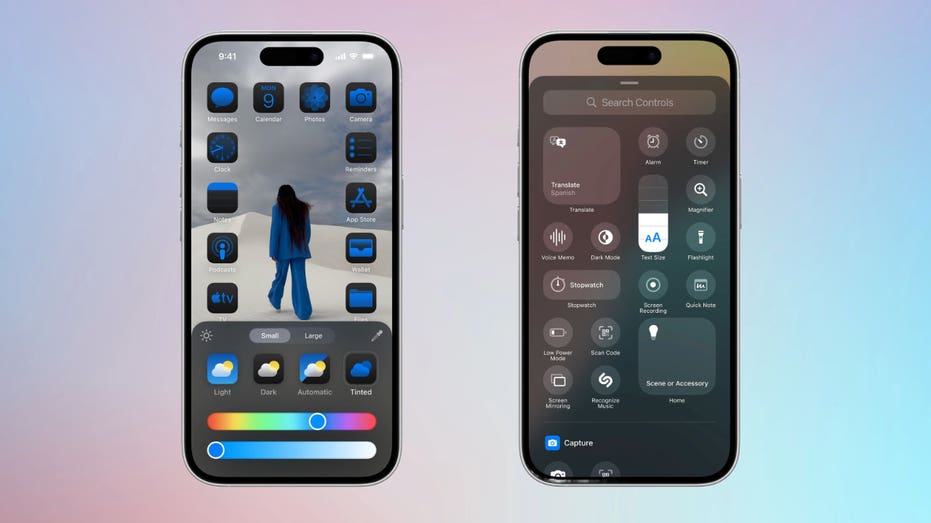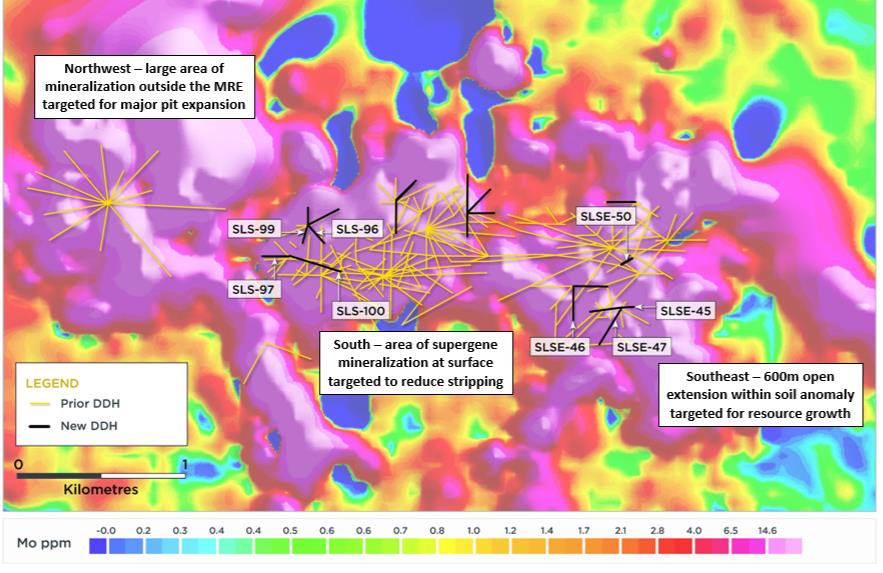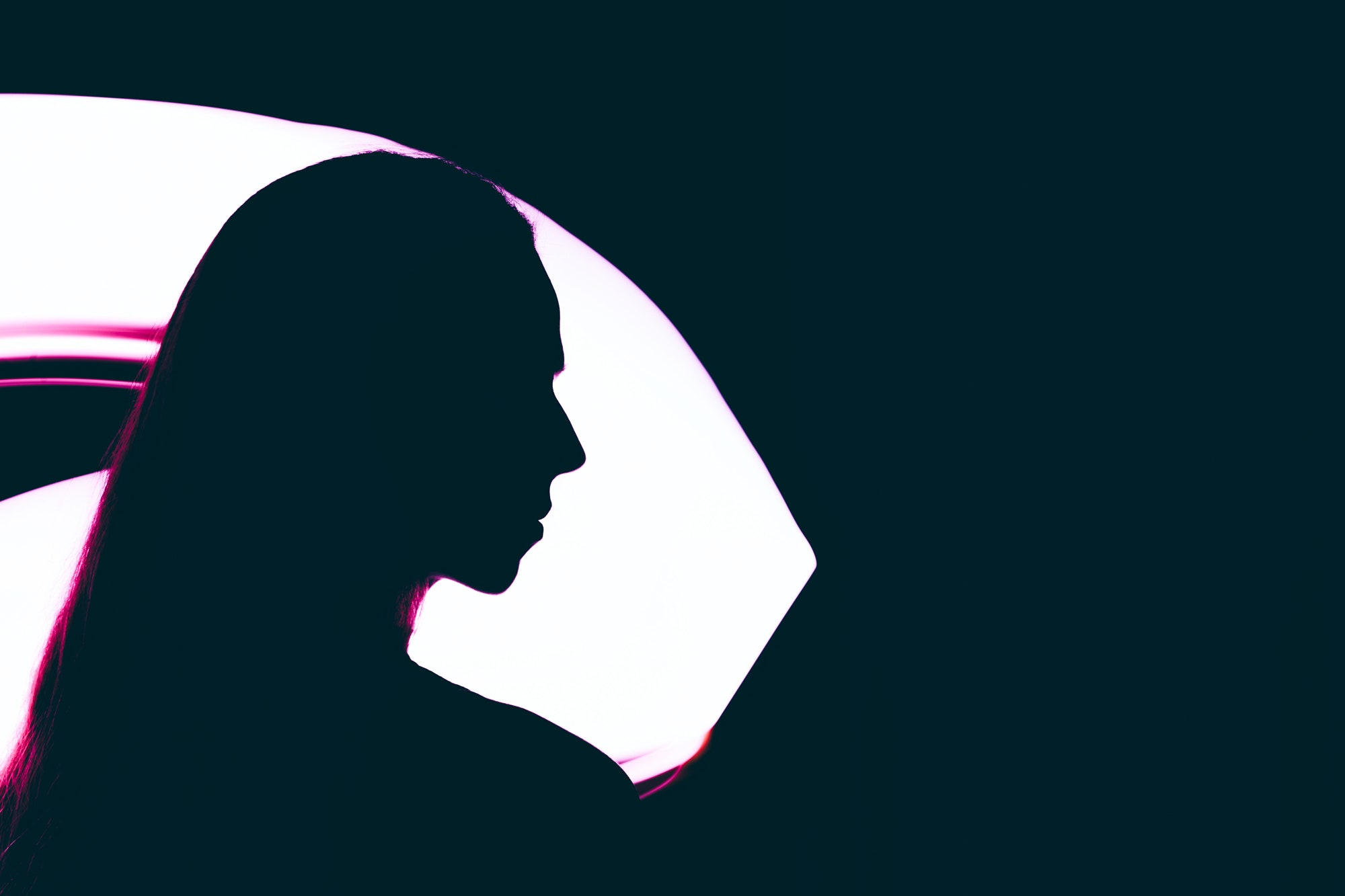The Vesuvius Challenge, which first began last year, has reached a new milestone as a group of students interpreted writings from a charred ancient Greek scroll.
The scrolls in question are the Herculaneum scrolls, a collection of texts that are part of the only surviving ancient library. They were initially excavated from a Roman villa in Herculaneum, Italy, during the 18th century.
Despite their historical value, these scrolls, reduced to carbonized ash, have remained largely inaccessible due to their fragile condition.
A charred Herculaneum scroll that can’t be unrolled. Source: Nature.
Luke Farritor, studying computer science at the University of Nebraska-Lincoln, and Youssef Nader, pursuing a PhD in machine learning at Freie University in Berlin, were among the initial participants to identify a few letters on the scrolls, securing $40,000 and $10,000 in prizes respectively.
Julian Schilliger, who studies robotics at ETH Zürich, then created a tool to segment the scrolls automatically.
Combining their efforts, this trio of researchers developed an AI system that won the competition and will divide the grand prize of $700,000.
The grand prize-taking submission featured four excerpts, each 140 characters long, in which professional papyrologists could discern at least 85% of the characters. The submission included an extra 11 columns of text.
Kenneth Lapatin, curator of antiquities at the J. Paul Getty Museum, was astonished by this development, stating, “It’s what I always thought was a pipe dream coming true.”
The content unearthed speaks to universal experiences of pleasure, from auditory enjoyment in music to the taste of capers and the visual qualities of the color purple.
Its content is associated with the Epicurean school of philosophy and offers insights into the library of Philodemus, a follower of Epicurus.
The race to decode the Herculaneum Scrolls
The quest to decipher these scrolls had been previously littered with challenges, as they can’t be physically unravelled.
One of the challenge’s submissions last year saw Dr Casey Handmer identify a “crackle” texture in CT scans of the scrolls, which resembled Greek letters.
Researchers used machine learning to identify the shapes of ink on the scroll. Source: Vesuvius Challenge.
This discovery enabled Luke Farritor, a computer science undergraduate from the University of Nebraska-Lincoln, to train an AI model that successfully revealed the word “porphyras,” or ‘purple.’
Following this, Youssef Nader, a PhD student from Berlin, provided even clearer images of the text, propelling the challenge forward again.
This most recent breakthrough combined the talents of Farritor, Nader, and Julian Schilliger.
Now, the Vesuvius Challenge is set to continue, with a new target to decipher 85% of one of the scrolls.





